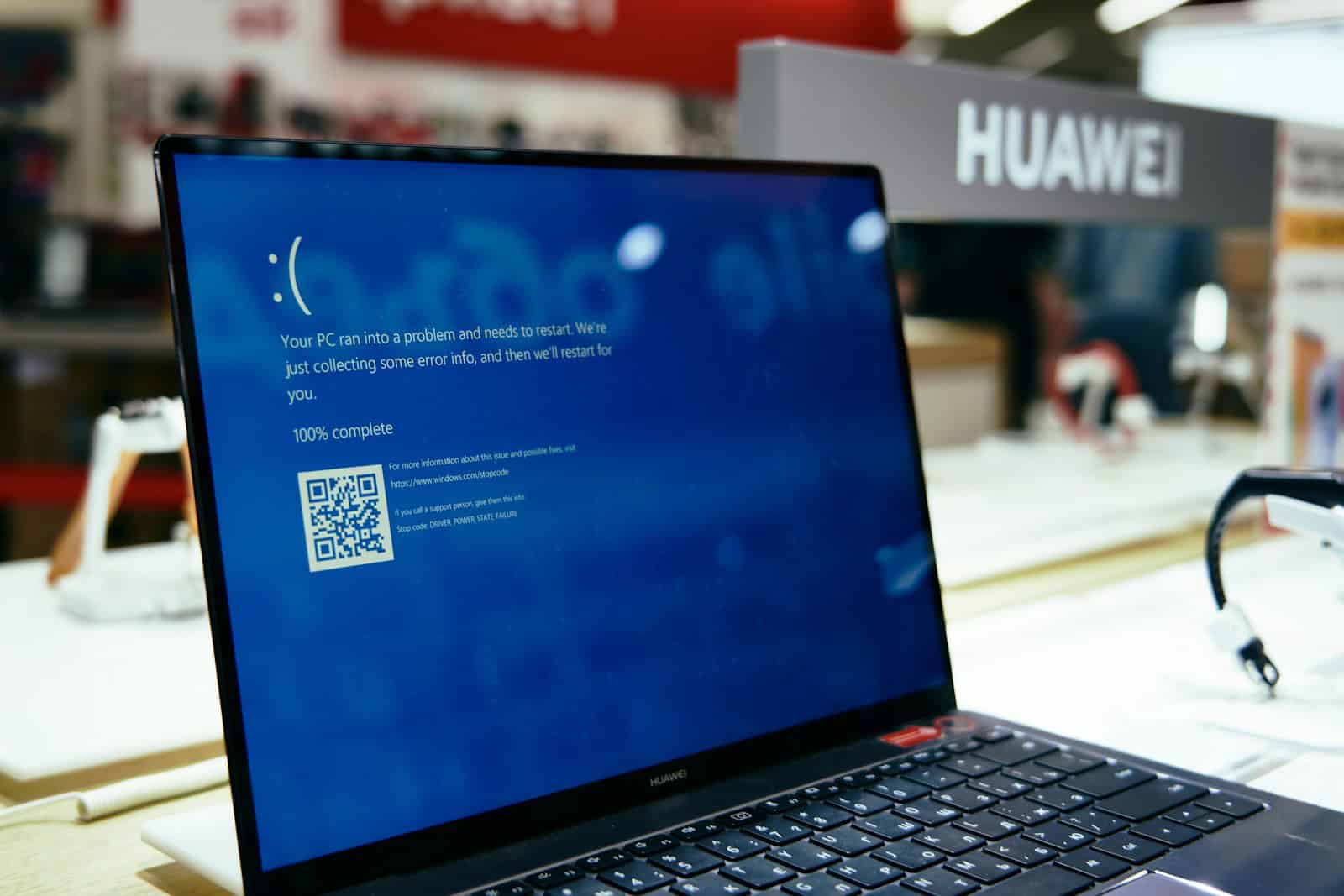A computer not booting up can stem from a range of issues, often boiling down to either hardware or software problems. Hardware concerns may involve components such as power supply, hard drive, or even the motherboard, while software troubles could be caused by corrupted operating systems or drivers. Diagnosing the precise cause is a crucial step before fixing the issue. This requires checking connections, assessing beeps at startup for hardware issues, or attempting to boot in Safe Mode for software troubles.
When troubleshooting a non-booting PC, it’s essential to approach the problem systematically. If the PC powers on but does not complete the startup process, there may be an issue with Windows or Mac OS trying to load. Users might see a black screen instead of the usual startup screen. Windows users can try Startup Repair, while Mac users have Recovery Mode at their disposal. These built-in tools can be a lifeline for diagnosing and solving startup issues.
In some cases, ensuring that all cables are securely connected and trying an alternative monitor can resolve the issue. If the screen remains black, exploring Safe Mode or Recovery options becomes the next step. Users with Windows 10 have additional built-in features like Startup Repair that can diagnose and fix problems preventing the computer from starting properly.
Troubleshooting a PC That Won’t Boot: A Step-by-Step Guide
When your PC refuses to boot, it can be a panic-inducing moment. Don’t worry, though! Before you call a technician, try these troubleshooting steps to get your computer up and running again.
Initial Checks and Simple Fixes
- Power Supply: Ensure your power cable is plugged in securely. If using a power strip or surge protector, try plugging directly into the wall outlet. Check the power switch on both your computer and the power supply (if it has one).
- External Peripherals: Disconnect all external devices except for the monitor, keyboard, and mouse. Sometimes, a faulty device can interfere with the boot process.
- Monitor and Cables: Check your monitor cable connections. If possible, try a different cable or connect your monitor to another device to verify it’s working.
- Listen for Beep Codes: If your computer beeps when starting, consult your motherboard manual or look up the beep code online. These codes can indicate specific hardware issues.
Troubleshooting Hardware Issues
- RAM: Gently remove and reseat your RAM modules. If you have multiple sticks, try booting with just one at a time.
- Graphics Card: If you have a dedicated graphics card, remove it and try booting with the integrated graphics (if available).
- Loose Connections: Open your PC case (if you’re comfortable doing so) and check for any loose cables or components. Ensure everything is seated correctly.
- CMOS Battery: If your PC shows signs of life but won’t boot completely, a dead CMOS battery could be the culprit. You can replace it easily and cheaply.
Software Troubleshooting
If hardware checks don’t reveal any issues, try these software solutions:
- Safe Mode: Restart your PC and press F8 repeatedly during boot to enter Safe Mode. If it boots successfully, a software conflict might be the issue. Try uninstalling recently installed programs.
- Startup Repair: Access the Windows Recovery Environment (usually by pressing F11 during boot) and run Startup Repair. This can often fix issues with system files.
- System Restore: If you have a restore point from before the problems started, try using System Restore to revert your system to that state.
- Check Boot Order: Enter your BIOS/UEFI settings (usually by pressing DEL or F2 during boot) and ensure your boot drive is listed first.
When to Seek Professional Help
If none of the above solutions work, it’s time to consult a professional. They can diagnose the problem accurately and perform repairs as needed.
Common Boot Issues and Possible Solutions:
| Issue | Possible Cause | Solution |
|---|---|---|
| No Power | Faulty power supply or cable | Replace power supply or cable |
| Beeping Sounds | Faulty RAM or other hardware | Reseat RAM or replace faulty hardware |
| No Display | Loose monitor cable, faulty GPU | Check connections, try a different cable, or reseat/replace GPU |
| PC Starts but No OS Loads | Corrupted system files, boot order issue | Run Startup Repair, System Restore, or check BIOS boot order |
Remember, patience is key when troubleshooting a computer that won’t boot. By following these steps, you can often solve the problem and get your PC back up and running.
Key Takeaways
- Troubleshooting boot issues involves checking both hardware and software
- Use built-in tools like Safe Mode or Recovery Mode to diagnose problems
- A systematic approach to diagnosing startup issues can simplify the repair process
Diagnosing Startup Issues
When PCs fail to boot up properly, identifying the cause is crucial. Accurate diagnosis can lead to the right repair solution.
Evaluating Power Supply and Connections
Check the power source first. Ensure that the power cable connects securely to the power outlet. If a laptop is in use, verify that the charger functions and the laptop battery holds a charge. Power strips and surge protectors can fail, so it’s wise to connect directly to a power outlet to diagnose.
Inspecting Essential Hardware Components
Next, assess the internal hardware. This includes the motherboard, RAM, hard drives, and graphics card. Each piece must seat correctly in its position. Loose or damaged components often prevent successful booting. It’s particularly important that the hard drive, which stores the operating system, works well.
Checking External Devices and Peripherals
Sometimes devices like USBs or external monitors create conflicts during startup. Remove all external devices except for the monitor, keyboard, and mouse. Then restart the computer to see if it boots. If it does, reconnect devices one at a time to isolate the issue.
Troubleshooting BIOS/UEFI Settings
Finally, review the BIOS or UEFI firmware settings. These systems govern the boot sequence. To access these settings, use a specific key during startup, often F2 or Delete. Look for the boot order, ensuring the primary hard drive ranks first. Distorted settings here can disrupt the startup process.







